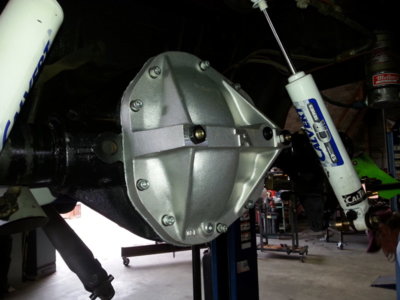---Okay, Low gear set and Hoosiers... are the tires Radials or Bias Ply?
Reason I'm asking is the Radials are fast as Sh@# …. I mean easily a 1-2 tenths. BUT they are real touchy on marginal tracks, and they are good for about 30 passes and the side walls will be out of them.
They're Bias slicks. I actually spoke with Hoosier today and they suggested that it sounds like I'm running too much air. That could be, I was under the impression that the stiff sidewall liked more air. I was at 16 lbs when I broke. What are others running their stiff sidewall Hoosiers at?
On a good note, the transmission was just fine inside so that's good!
















